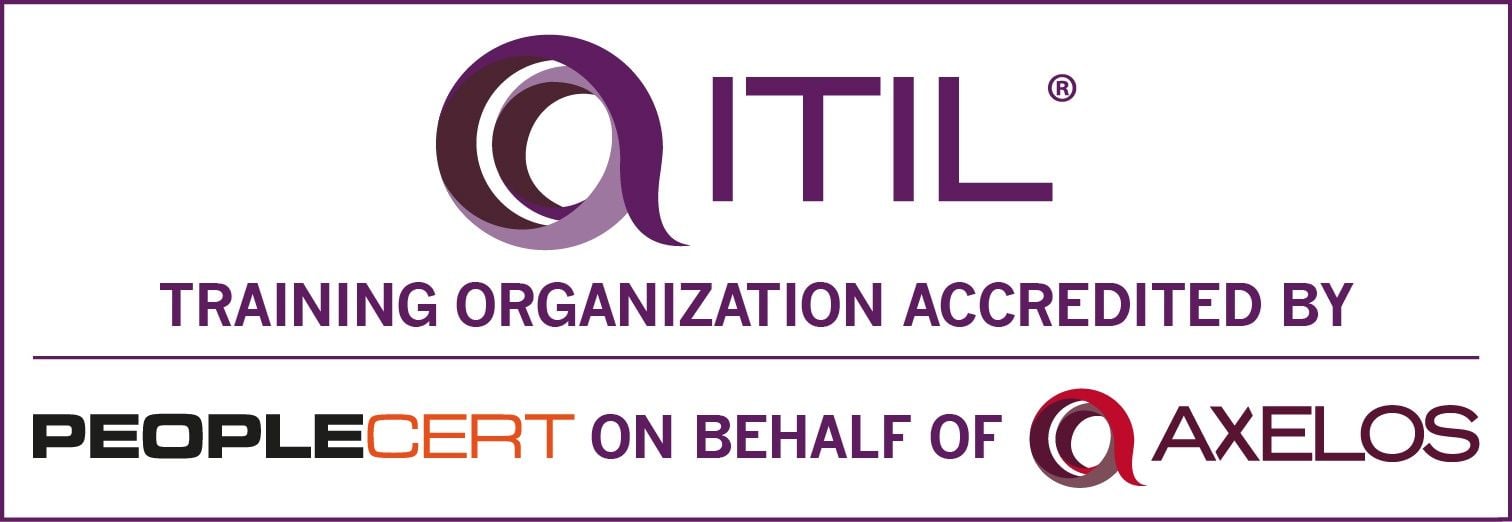Delivering Delightful Employee Experience in the Age of Hybrid Work
The workforce of today is distributed across the globe. Depending on their convenience and preference, employees work from home or the office. With the pandemic and The Great Resignation upon us, organizations must deliver a delightful employee experience from day one. And with the future of work (hybrid, remote, back to the office) changing as we see it, it is also critical to ensure that employees have a seamless experience, irrespective of their roles and locations.
Challenges of hybrid working
A key challenge of hybrid work is delivering consistent and delightful employee experiences across their channel of choice. Ninety one percent of employees are experiencing frustration due to inadequate workplace technology, according to the The State of Workplace Technology Report.
The top complaints were:
- Slow speeds (51%)
- Slow response from IT teams (34%)
- Lack of collaboration between departments (30%)
- Missing important features/capabilities (28%)
- Lack of automation (25%)
Today's digital-first workforce expects fast and accurate solutions to their problems. Employees want to be able to get their job done from the channels of their choice, at the time of their choice. They expect tools to be intelligent, modern, collaborative, and consumer-grade, and to have the necessary context to lead to more productivity.
Below are four ways organizations can redefine technology's role in the workplace to deliver a seamless and delightful employee experience:
Let your employees help themselves with self-service
Did you know that employees raising tickets for IT services through a service catalog are more likely to resolve their queries quickly during their first interactions with a service desk? According to a recent study, when organizations enable service catalogs, the average resolution time decreases by 11.03%, according to the Freshservice Benchmark Report 2022.
The service catalog provides an easy, one-stop-shop self-service opportunity for employees and end users. A unified service portal helps simplify access for all service requests and streamline service delivery. It acts as a single source of accurate information on all IT services offered by an organization's IT department. This way, employees experience minimal wait times and interruptions, and can get to their tasks sooner than before.
Empower users with information
Knowledge (base) is power.
A comprehensive knowledge base that provides solutions to incidents and problems helps end-users resolve their issues on their own using a simple search on the self-service portal. Doing so empowers employees and eliminates waiting for an agent to respond, allowing employees and the agents to focus on high-value business activities.
73% of organizations have enabled knowledge base as part of their IT service desks, according to the Freshservice Benchmark Report 2022. With chatbots being heavily dependent on data, having a well-designed and search-optimized knowledge base with sufficient solution articles can also aid your chatbot support strategy and cause a significant decrease in the resolution time of handling tickets.
Support end-users with powerful chatbots
For chatbots to have the greatest ROI, a service desk must strategically integrate chatbots with an efficient knowledge management system. This also involves doing some careful planning, creating optimized solutions, and structuring information within a knowledge base for chatbots to share this information with end-users. If done right, this can alleviate agents from having to undertake lower value tasks and empower employees.
When a service desk has a combination of chatbots enabled with optimal knowledge base solutions and suggestions, the resolution time further improves by 9.39% (18.29 hours). In addition, end-users can get their queries resolved in the first contact (76%), and organizations are better able to keep up their resolution and first response SLAs with customers (96% and 93% respectively), according to the Freshservice report.
Provide multi-channel support
Meet employees in the channel of their choice, and you'll see a world of difference in their productivity.
In the digital transformation era when businesses provide multiple channels to interact with their customers, employees expect a similar consumer-grade experience from their IT teams. They want to be engaged in their channels of choice. Employees will continue to use disparate channels such as email, phone, and chat to reach their IT teams. Despite disparate channels, employees want a consistent service experience irrespective of the channel(s) they choose for engagement.
Email continues to reign as the preferred channel of choice. Nearly 62% of end-users prefer to raise IT tickets and/or contact IT support via email, according to the Freshservice report. Email support is favorable due to its ease of use, convenience, and ubiquitousness.
----
In a world where businesses can be accessed and enabled anywhere, the onus then lies on IT to continue implementing various technologies to improve existing systems. Strong, reliable, and uninterrupted IT services and practices enable organizations to stay competitive and help the world become digitally resilient to future large-scale disruptions.

)
)
)
)
)
)
)
)
)
